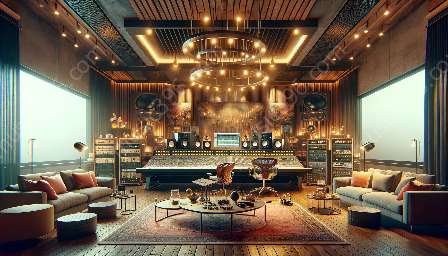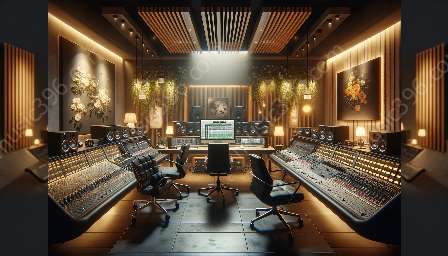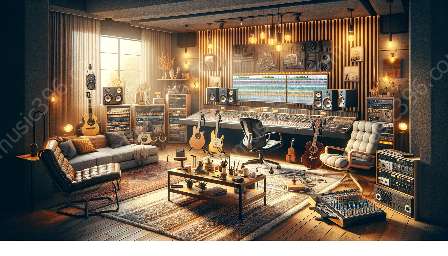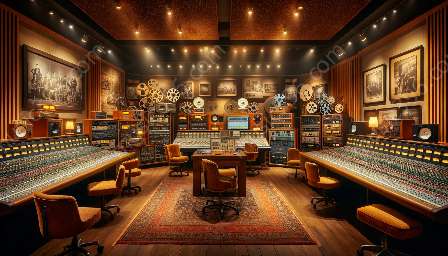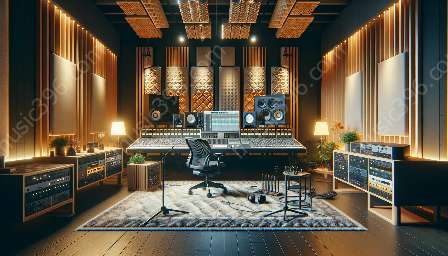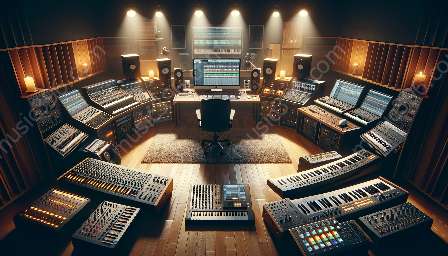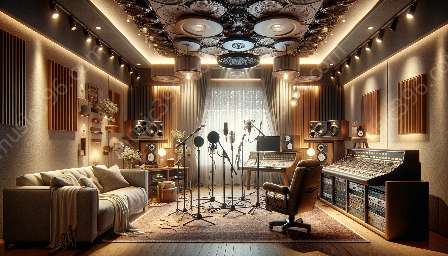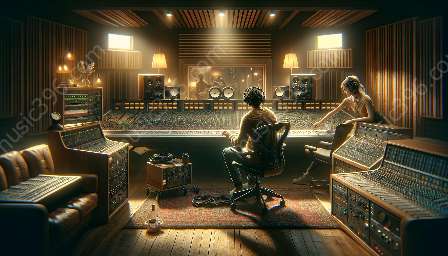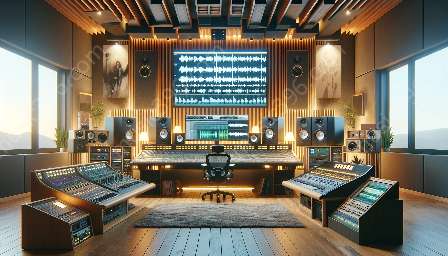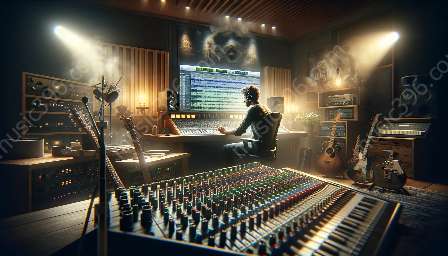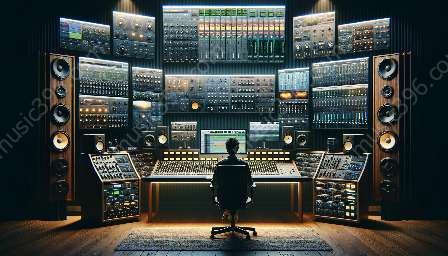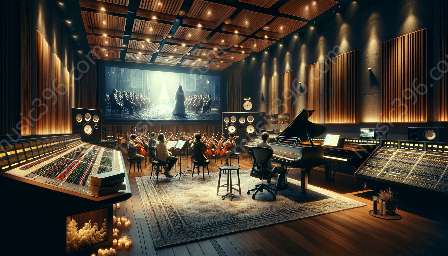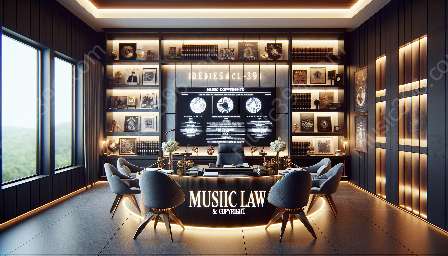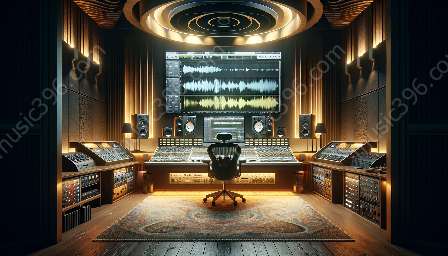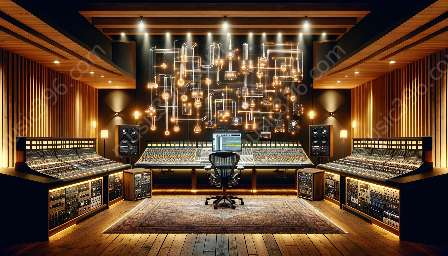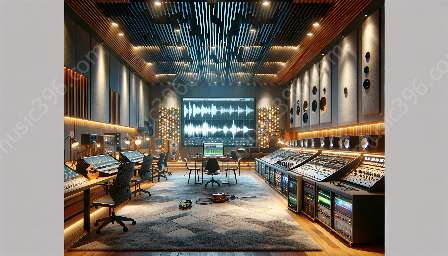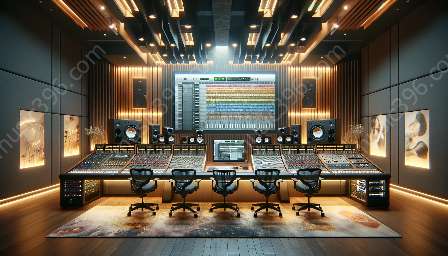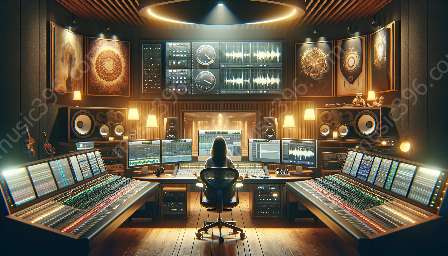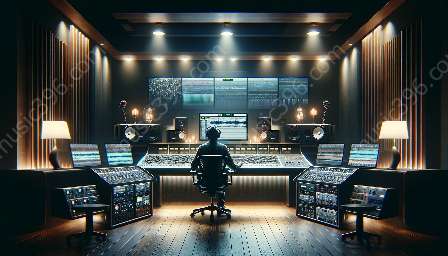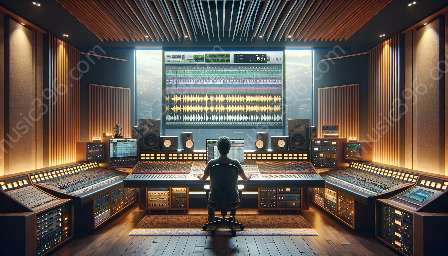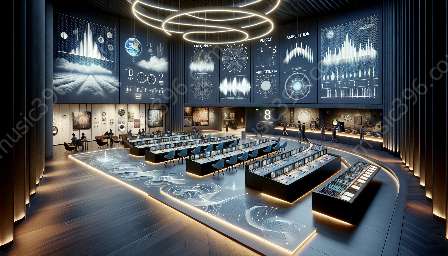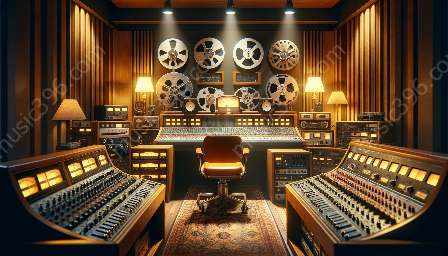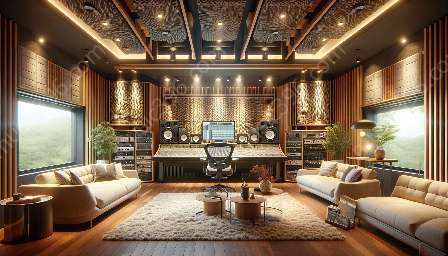Creating a successful music recording studio requires careful consideration of various elements to ensure optimal sound quality and workflow. The design of the studio is crucial to the production of high-quality music and can greatly impact the comfort and productivity of musicians and recording engineers. In this article, we will explore the key elements of a successful music recording studio design, providing insights into how to create a professional and functional space that is compatible with the basics of music production and music recording.
Room Acoustics and Sound Isolation
Room acoustics and sound isolation are essential components of a successful music recording studio. The acoustic properties of a studio space greatly affect the quality of recorded music. To achieve optimal acoustics, studios must address issues such as reverberation, resonance, and sound reflections. This is often accomplished through the use of acoustic treatments, such as diffusers, absorbers, and bass traps, strategically placed within the studio to control sound reflections and create a balanced acoustic environment.
Additionally, sound isolation is crucial to prevent external noise from interfering with the recording process and to minimize sound leakage between different areas of the studio. This can be achieved through the use of specialized construction techniques, including double-wall construction, decoupled ceilings, and soundproofing materials.
Equipment and Technology
Another key element of a successful music recording studio design is the selection of appropriate equipment and technology. High-quality microphones, preamps, audio interfaces, and monitoring systems are essential for capturing and reproducing sound accurately. Additionally, the choice of recording software and digital audio workstations (DAWs) plays a significant role in the production process.
Furthermore, the layout and integration of equipment within the studio space must be carefully planned to ensure efficient workflow and easy access to essential gear. Proper cable management and electrical considerations are also critical to maintaining a tidy and functional studio environment.
Control Room and Live Room Design
The design of the control room and live room is a crucial aspect of creating a successful music recording studio. The control room serves as the nerve center of the recording process, housing the mixing console, monitors, and essential playback equipment. It is essential to consider factors such as room dimensions, speaker placement, and acoustic treatment within the control room to ensure accurate monitoring and mixing capabilities.
The live room, where musicians perform and record, must be acoustically optimized to capture the best possible sound. Considerations such as room size, ceiling height, and wall materials can significantly impact the overall sonic character of recorded instruments and vocals. Proper placement of microphones and the use of isolation booths or gobos can further enhance the recording quality within the live room.
Comfort and Ergonomics
Creating a comfortable and ergonomic environment for musicians and recording engineers is essential for long hours of productive work. Factors such as seating, lighting, and temperature control should be carefully considered to ensure a pleasant and efficient working atmosphere. Additionally, the layout of furniture and equipment within the studio should prioritize accessibility and ease of use, reducing fatigue and strain during extended recording sessions.
Integration with Music Production Workflow
A successful music recording studio design must seamlessly integrate with the broader music production workflow. This includes considerations for compatibility with musical instruments, amplifiers, and outboard gear, as well as the ability to accommodate collaborative work and multi-track recording. The studio should also allow for flexible signal routing and connectivity to facilitate various recording and production techniques.
Conclusion
Creating a successful music recording studio design requires a comprehensive understanding of acoustics, technology, and workflow considerations. By carefully addressing the key elements outlined in this article, studio designers and music producers can create a professional and functional space that is conducive to high-quality music production and recording.

